ARA-290 is variant of erythropoietin which has been shown to decrease inflammatory pathways through paracrine signalling and the innate repair receptors. Research has shown ARA-290 to help reduce HbA1c, improve cholesterol, modulate neuropathic pain and stimulate wound repair.
Overview
ARA-290 is a small peptide derived from the helix beta domain of erythropoietin (EPO). EPO has long been known to exhibit actions beyond the stimulation of red blood cell production in bone marrow. The glycoprotein, which is made in the kidney, has been found to stimulate blood vessel growth, promote cell survival, alter blood pressure, and produce neuroprotective effects in diabetic neuropathy. ARA-290 offers the neuroprotective and pain relieving effects of EPO without stimulating red blood ell production[1]. ARA-290 has completed phase II trials and is in preparation to enter phase III trials for a variety of applications in diabetes and the autoimmune sarcoidosis. Right now, the peptide is of active interest for its ability to control neuropathic pain, but it is also under investigation as a potential stimulator of wound repair in chronic diabetes, as an immune modulatory drug, and as a potential treatment for systemic lupus erythematosus (lupus or SLE).
Blood Vessel Health
Retinal ischemia, which results from a number of disease processes, is a leading cause of blindness in industrialized nations. The ability to protect retinal epithelial cells from injury or the ability to promote their regeneration following an insult, could go a long way to reducing disease burden. Research in mice indicates that ARA-290 can protect endothelial colony forming cells against the ravages of inflammation. In so doing, ARA-290 prolongs cell survival and helps endothelial colony forming cells (ECFCs) to repair and rebuild blood vessels[2].
Other studies in mice show that ARA-290 enhances the proliferation, migration, and longevity of ECFCs throughout the vasculature. It also appears that ARA-290 boosts the homing ability of ECFCs, helping them to better target areas of the vasculature that are in need of repair. There is hope that this function can not only help to boost the effects of endogenous ECFCs, but can help to improve the ability of transplanted ECFCs to repair vasculature and restore blood flow to ischemic tissue[3]. If successful in the case of ECFC transplants, ARA-290 could open up a whole new area of medical therapy allowing functional cells to be transplanted successfully for tissue repair, hormone production, protein building, and more.

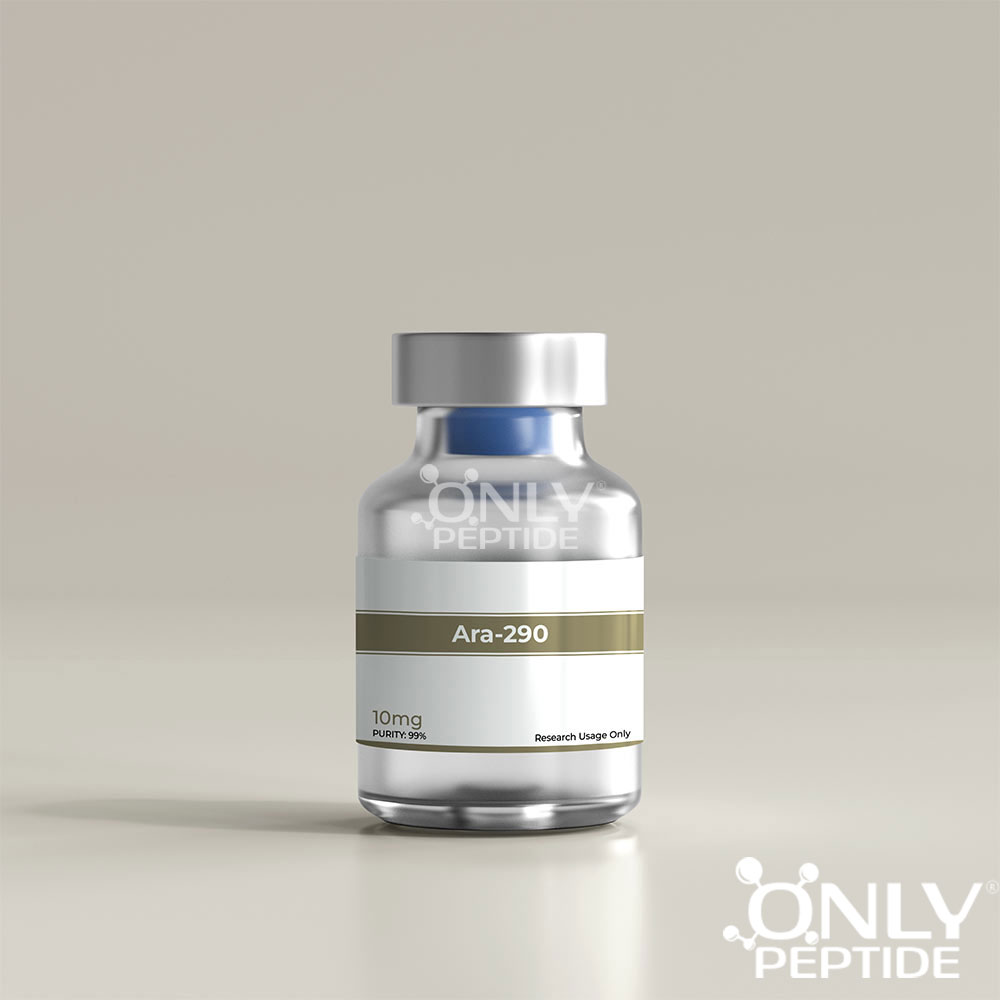
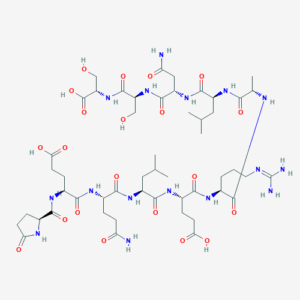

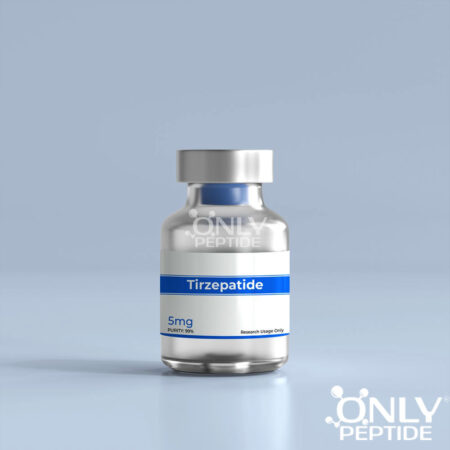
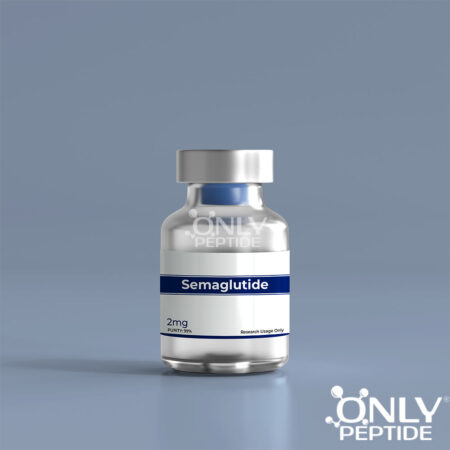
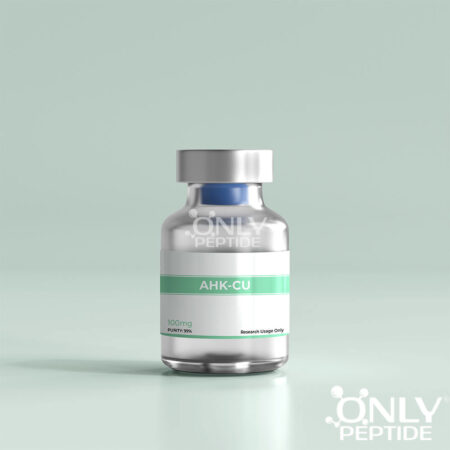


Reviews
There are no reviews yet.